Then in our Winter gloom, Candlelight fills the room.
—from the song Sankta Lucia Translation from Swedish: Anne-Charlotte Harvey
In the moments before dawn the aroma of coffee drifts into the room. It’s still dark outside; in fact, it’s the darkest, longest night of the year.
Next, the scent of fragrant saffron and freshly baked pastry hits the cold air and the room suddenly seems brighter.
Sleepy eyes open and see a girl in a white robe and sash entering. She’s wearing a wreath of candles, illuminating everything in her path. Carrying a tray with coffee and still-warm saffron buns, she comes to the bedside and offers them to you.
This is Lucia Morning.
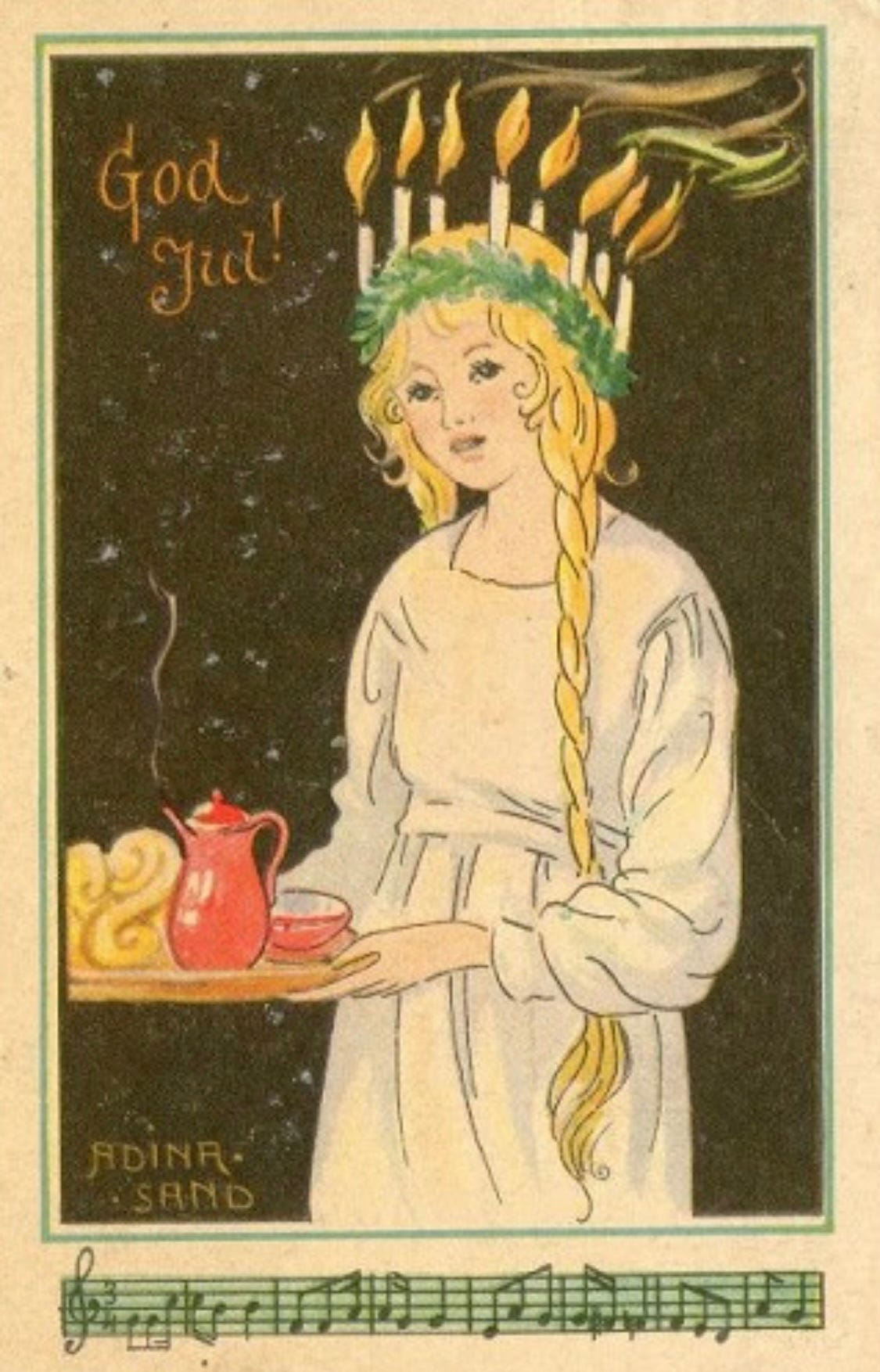
The Story
According to legend, Lucia of Siracusa was a 4th Century martyr who carried food to those hiding in the Roman catacombs. With her arms filled, she placed a wreath of candles on her head to guide her through the darkness of the passageways.
A mix of religion and folklore, the story was adopted in Sweden with the figure of Lucia keeping dark spirits at bay and symbolizing the birth of light. It’s an important day in Sweden as well as in Denmark, Norway and Finland. It is also celebrated in many other countries around the world and marked with Lucia processions and saffron buns called Lussekatter.
The Date
The amount of daylight on December 13th was the shortest according to the old Julian calendar (Gregorian calendar is December 21st) but Lucia Day continues to be celebrated on the 13th.
Lussekatter (Saffron Buns)
These beautiful coiled saffron buns called “Lussekatter” (“Lucy’s Cat”) are at the center of St. Lucia Day traditions and are eaten throughout the December holiday season. I’ve attached a wonderful article from Gastro Obscura about their “tangled” origin story.
Link: Gastro Obscura St. Lucia Day Lussekatter
I didn’t make these Lussekatter, but bought them at a wonderful Swedish Bakery, Lost Larson, here in Chicago, which I’ve linked to below. There will also be a Lucia parade here this evening in the Andersonville neighborhood.
To read more about Lucia Day here are links and recipes:
Link: Lussekatter Recipe
Link: Making Lussekatt (Saffron Buns)
Link: Celebrating Lucia
Link: Lost Larson (Bakery)
Family
This over 120 year-old photograph is of my maternal Grandfather, Harry Leyonmark (who I knew) — he’s the little guy all the way on the left — along with my great-grandparents (who emigrated from Sweden) and my great-aunts and uncle.
When I looked at the photo this week, especially at my great-grandmother, Anna Anderson, I wondered: Did she prepare saffron buns for Lucia Day? Did my Aunt Ada (who I knew) serve them, as the tradition calls for the eldest daughter to do so?
At this time of year especially, I’m looking for small clues as to how they and my other relatives who emigrated from Ireland and Germany may have celebrated the Season.
Through their food traditions of the past, I can keep them close in the present.✨
Swedish Angel Chimes, Swedish American Museum, Chicago. Click on link for their story.
I’ll be back next Tuesday with the final post of the year.
Have a great week and Glad Lucia!
Jolene

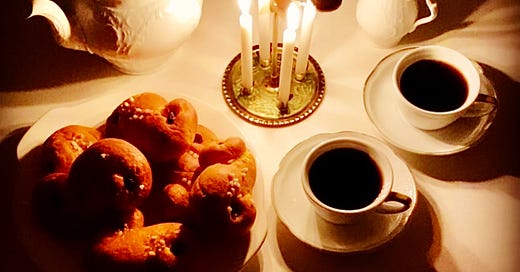



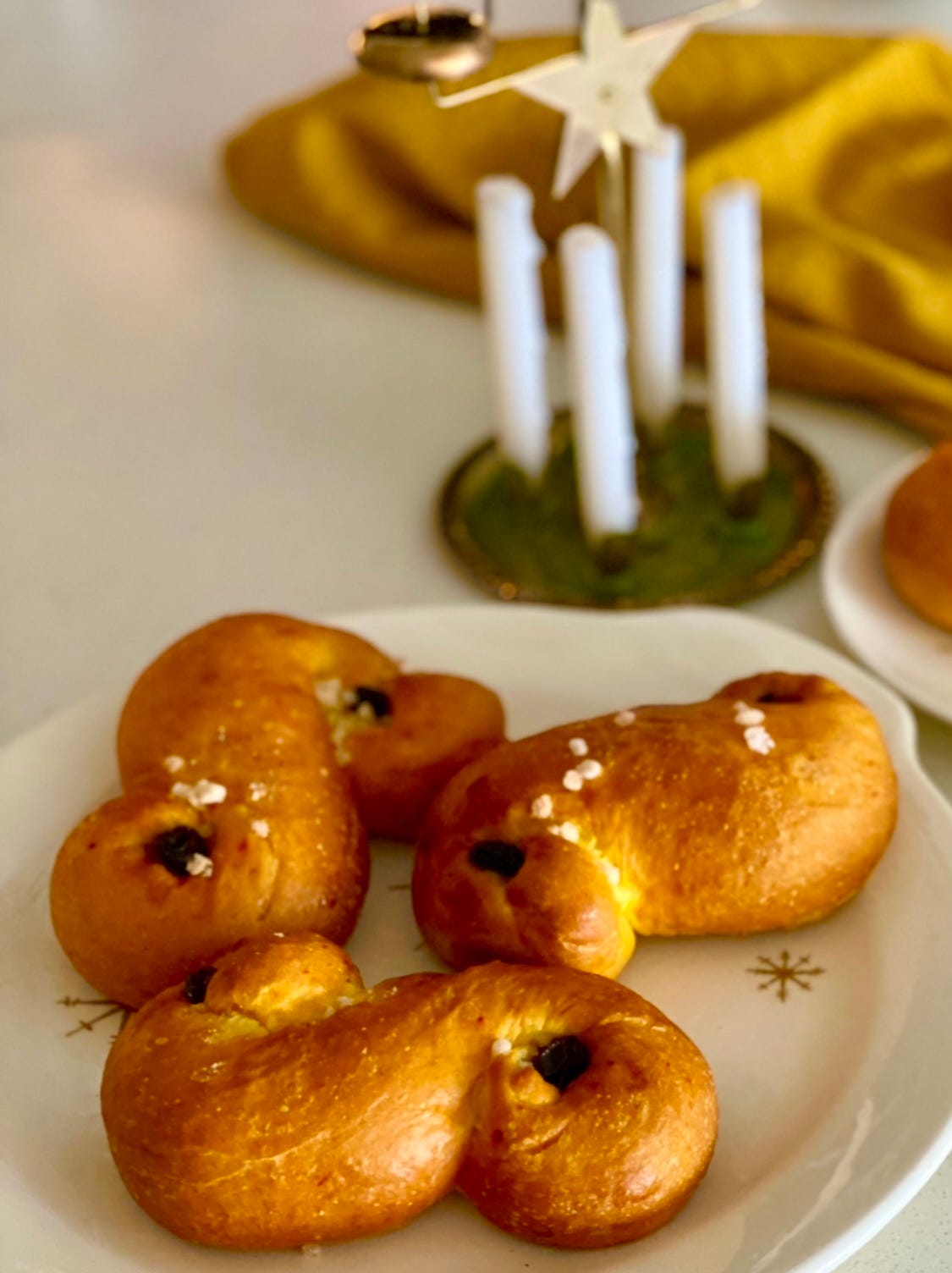
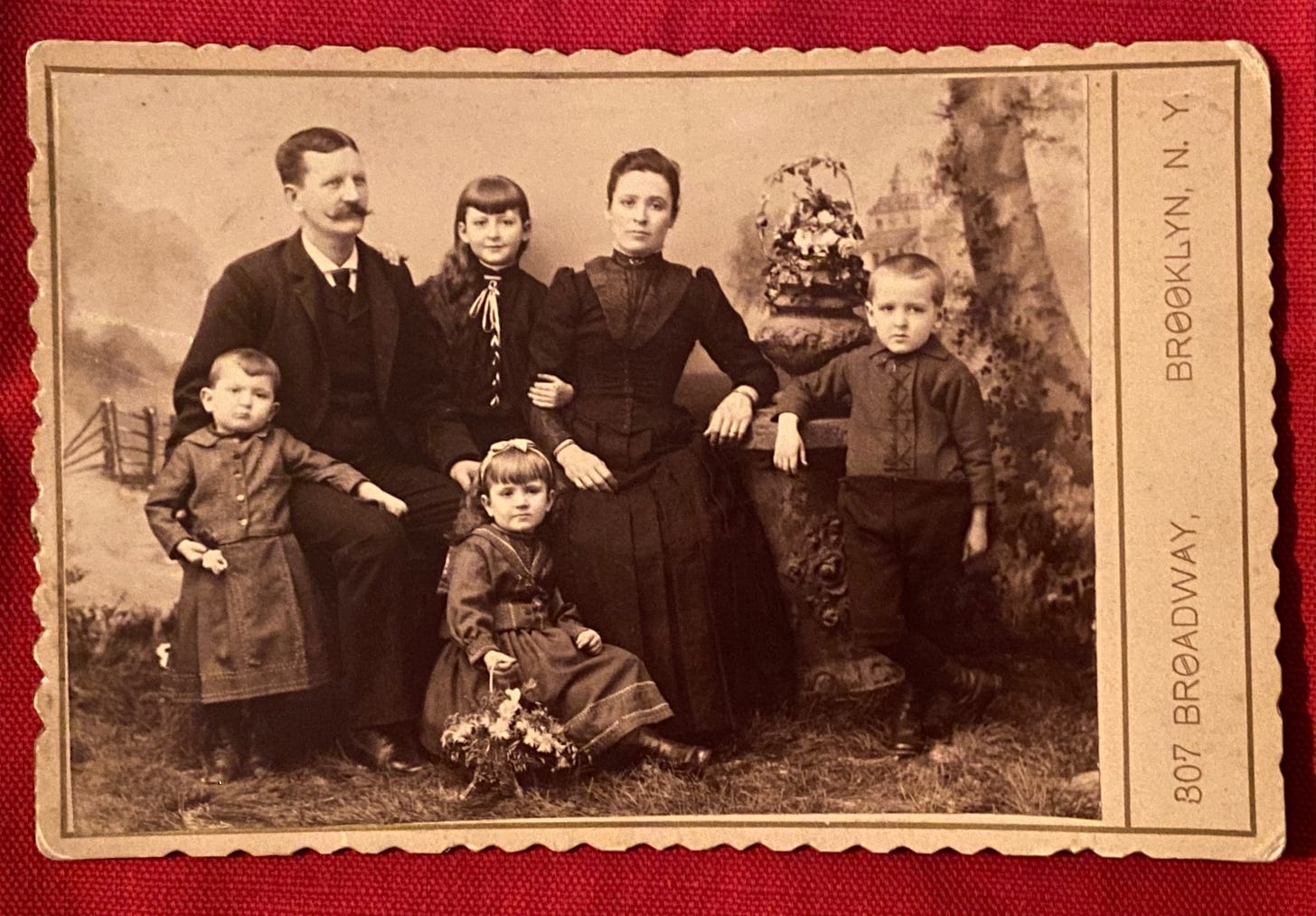
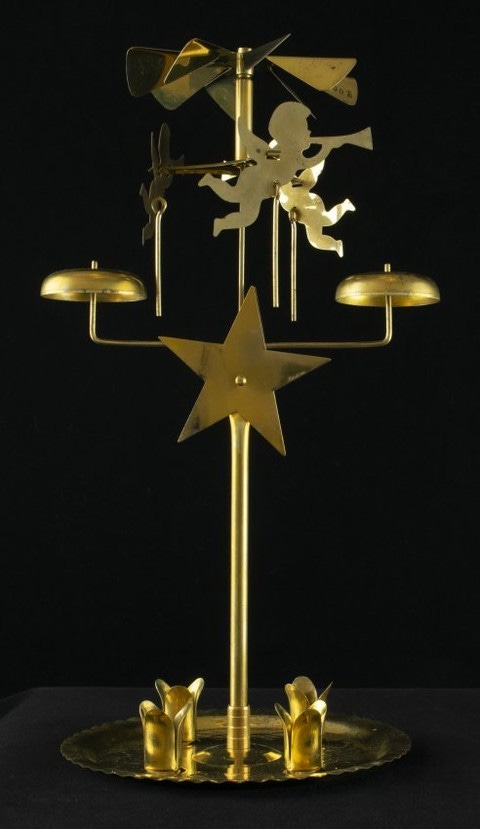
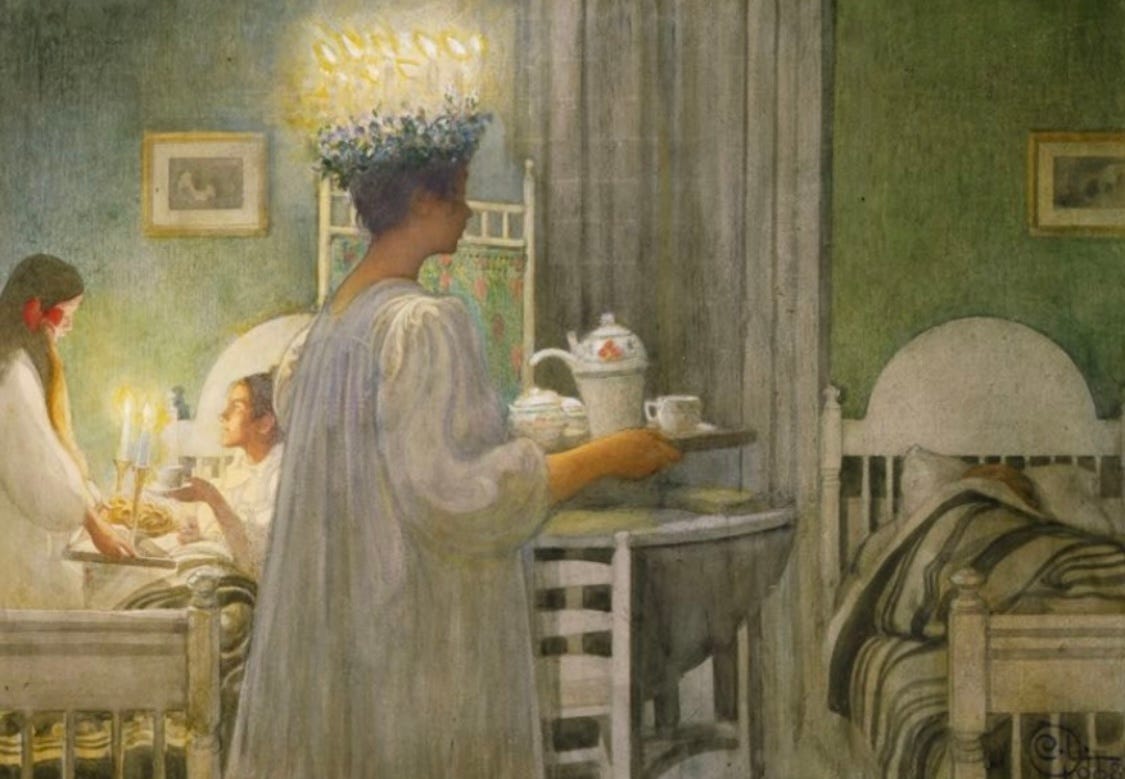
This is beautiful, Jolene! Yesterday was Santa Lucía here in Spain, too, but I don’t think it’s celebrated in the same way. Which is sad because those saffron buns look delicious!
Side note that I miss Andersonville-- I lived in Edgewater and used to pop over all the time to visit with friends. It’s such a fun neighborhood!
A beautiful story and stunning photos and drawings. Although I don't believe I'm even a smidgen Swedish, I sure wish I lived near a Swedish bakery!